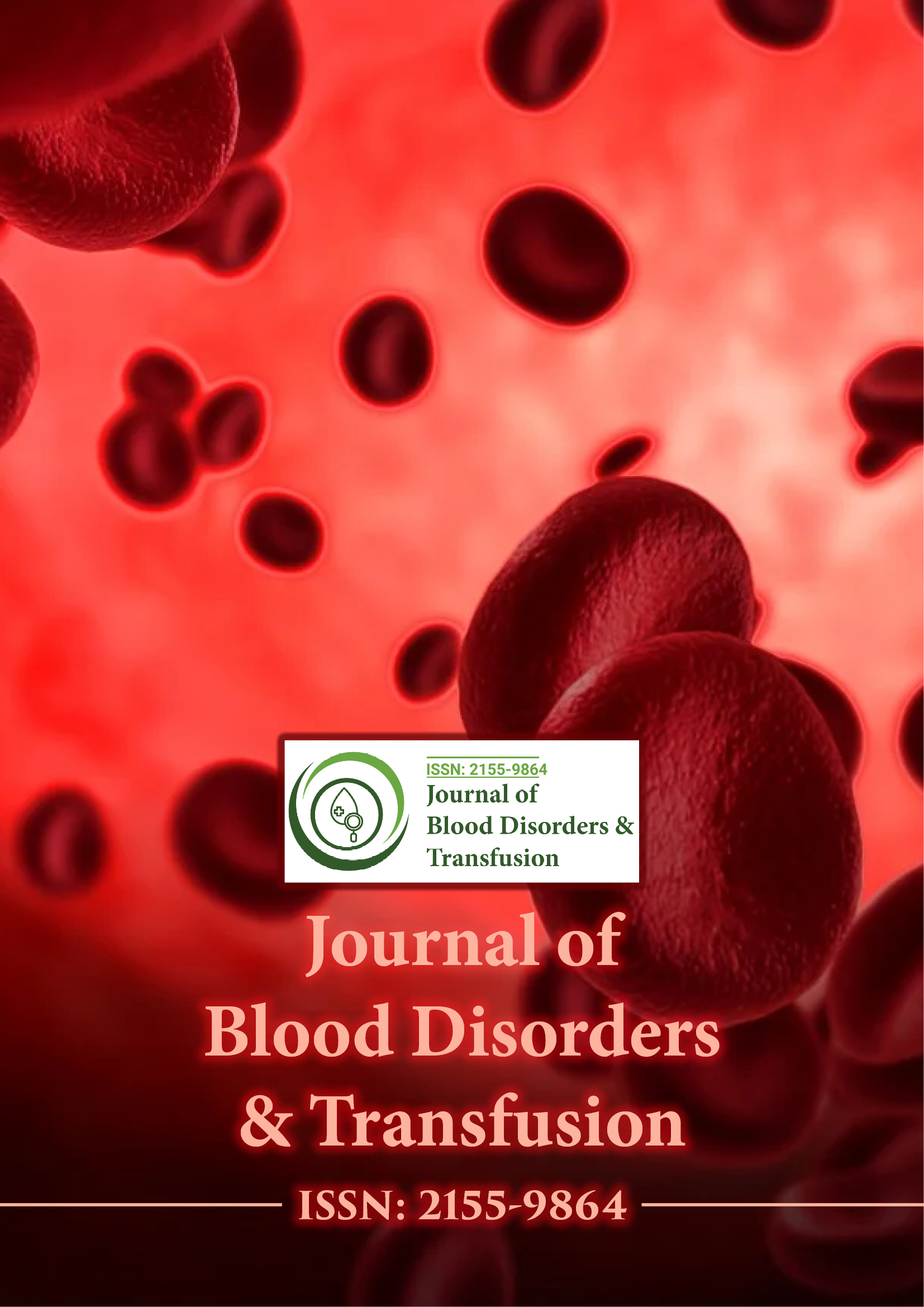Indexed In
- Open J Gate
- Genamics JournalSeek
- JournalTOCs
- Ulrich's Periodicals Directory
- RefSeek
- Hamdard University
- EBSCO A-Z
- OCLC- WorldCat
- Proquest Summons
- Publons
- Geneva Foundation for Medical Education and Research
- Euro Pub
- Google Scholar
Useful Links
Share This Page
Journal Flyer

Open Access Journals
- Agri and Aquaculture
- Biochemistry
- Bioinformatics & Systems Biology
- Business & Management
- Chemistry
- Clinical Sciences
- Engineering
- Food & Nutrition
- General Science
- Genetics & Molecular Biology
- Immunology & Microbiology
- Medical Sciences
- Neuroscience & Psychology
- Nursing & Health Care
- Pharmaceutical Sciences
Rahimah Ahmad
Rahimah Ahmad
Institute for Medical Research,
Jalan Pahang, 50588 Kuala Lumpur
Malaysia
Publications
-
Case Report
Compound Heterozygous -30 (T>C) and Cd 41/42 (-TTCT) Leading to β-Thalassemia Major in a Malay Autistic Patient
Author(s): Syahzuwan Hassan, Rahimah Ahmad, Faidatul Syazlin Abdul Hamid, Nur Aisyah Aziz, Syahira Lazira Omar, Siti Hida Hajira Mohamad Arif, Intan Kartina Abdul Karim, Thiyagar Nadarajaw, and Zubaidah ZakariaSyahzuwan Hassan, Rahimah Ahmad, Faidatul Syazlin Abdul Hamid, Nur Aisyah Aziz, Syahira Lazira Omar, Siti Hida Hajira Mohamad Arif, Intan Kartina Abdul Karim, Thiyagar Nadarajaw, and Zubaidah Zakaria
Cd 41/42 (-TTCT), IVS 1-5 (G-C), IVS 1-1 (G-T), and HbE are the most common β-globin defects among Malaysian Malays, and compound heterozygous states of the four mutations are commonly encountered. Here, we described the hematologic and DNA characterizations of our first-time encountered compound heterozygous state of β° Cd 41/42 (-TTCT) and a mild β+ TATA box mutation, -30 (T>C), in a Malay patient leading to β-thalassemia major. At the age of 2, she presented with symptomatic anemia, hepatosplenomegaly, and was put on a β- thalassemia major treatment regime. Now, at the age of 6, she was found to be autistic, a slow learner with social interaction problems, and she is under a psychiatric follow up for autism. Inevitably, the detection of β-globin defects among Malaysians must include comprehensive molecular analyses for an accurate assessment of.. View More»
DOI: 10.4172/2155-9864.1000246

